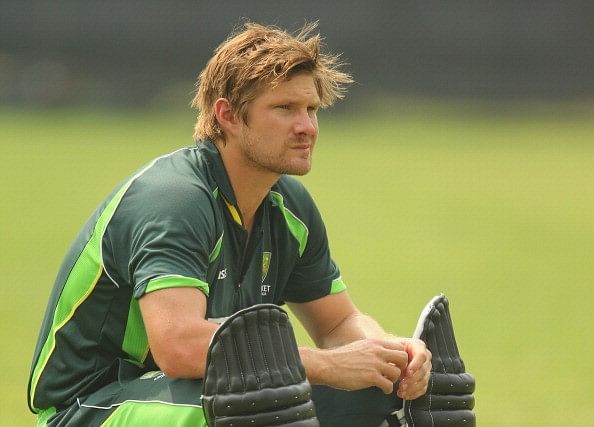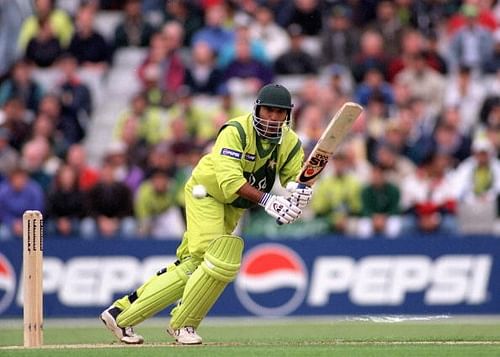
September 6 down the years: The birth of 2 eminent left-handed batsmen and the first day of Test cricket in England
Shane Watson retired from Test cricket earlier today (September 6, 2015)September 6th - The 249th day in a normal year (250th for Leap Year). It also marked a decisive occurrence in the 17-day war of 1965 between India and Pakistan, a battle that both nations have always been claiming their victories. It may be remembered for the defeat of Protestant armies of Sweden and Germany in 1634 at the hands of the Imperial army in Thirty Years’ War.It also may have a connection with British scientist John Dalton who gave a system of symbols to represent atoms of different elements. It is also a very sad day as back in 1997, the funeral ceremony of Diana, Princess of Wales, took place on this very day. However, in the cricketing world, September 6 has brought us pleasant memories.September 6 is the birth date of two eminent left-handed batsmen, one of whom is still playing in international cricket while the other left some indelible impressions. Moreover, this day is also significantly important as it brought about the start of Test cricket in England.
#1 A left-handed flick specialist - Saeed Anwar is born

Rameez Raja while commenting on Saeed Anwar’s style said: “Anwar used an eclectic approach to batting - classical betrothed to unorthodox, footwork against spin as quick as a hiccup supple yet powerful to brush the field like a Picasso“. He was best known for his flick. He could send any ball pitching outside off over the midwicket fence by a subtle movement of his wrist.
Born exactly 3 years after what is considered by Pakistanis to be their Defence Day, Anwar made his International debut in an ODI vs West Indies at the WACA in 1989. Pakistan lost the match and Anwar scored only 3 runs. He made his Test debut against the same team in 1990 at Faisalabad and became the only Pakistani player to get a pair on his first Test match. Pakistan lost that match also. Thus, Anwar had a very abysmal start to his career in both formats.
However, things changed in his third Test match where he scored 169 runs against New Zealand and Pakistan won the game by an innings and 12 runs. His first ODI hundred came against Sri Lanka at the Adelaide Oval.
Despite scoring most of his centuries against Sri Lanka, his favorite opponent has always been India. His highest scores in Tests as well as ODIs came against India in their own backyard. His 194 vs India at Eden Gardens, Calcutta remained the highest score in ODIs for next 13 years. It was one of the best ODI knocks ever played and is most remembered for three consecutive sixes struck over midwicket against Kumble in a similar fashion.
Anwar had many records and achievements to his name. He was named Wisden Cricketer of the year in 1997. He was the third Pakistani to carry his bat through in a Test innings, and his score of 188* vs India at Chennai in that innings led Pakistan to a 46-run victory. It was the highest score by a Pakistani on Indian soil and remained so till 2005.
Anwar scored three consecutive centuries in Sharjah, and two or more successive hundreds on four separate occasions. He has 20 centuries in ODIs, most for a Pakistani player. Moreover, his batting average of 59.06 in Tests against Australia is still the highest for any Pakistani batsman.
After the death of his daughter in 2001, he was greatly moved and could not concentrate on his cricket and ended his career on a relatively much lower note. Even then, before retirement, he scored his last International hundred against India at the 2003 World Cup. He was undoubtedly one of the finest left-handed opening batsmen Pakistan ever had, and still a role-model and inspiration for many left-handed cricket aspirants.